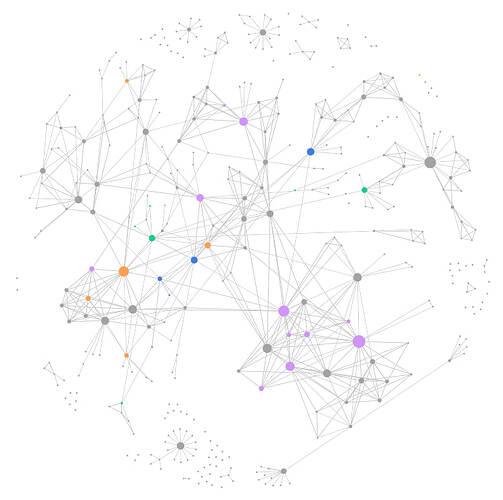Hello everyone,
I’m fairly new to Logseq, and I want to build a simple data structure to organize my notes. However, I’m confused about some topics, options, and concepts.
My first question is: Why should I use links and tags when metadata seems better way for retrieval data with queries? It seems to be easier for me to use and fits more structurally. I’ve read some popular topics here about tags, links, namespaces, and watched YouTube videos as well, but I’m still confused.
My second question is about the graph. Some users talk about the usefulness of the graph and mention that we shouldn’t use a methodology that messes up the graph’s form. Why do we need a graph? Isn’t the idea of Logseq and similar software to retrieve old knowledge faster and easier through queries? Has anyone used the graph to retrieve a note?
I used a hierarchical note-taking application before but I want to switch to Logseq. I tried Obsidian, but I couldn’t get used to it because of the problems it has with blocks. Although there are plugins available, I found them to be immature and not easy to work with. I actually like the iadea of blocks in logseq, which is why I want to switch to Logseq after giving it a try.
In some discussions, experienced users talk about combining tags, metadata, and namespaces to build a good and convenient structure. Aren’t these ideas unnecessarily complicated for regular users? Do Logseq developers recommend a specific data structure as the best way to work with data? After reading a couple of topics and opinions, I found that using namespaces and metadata together seems to be a more convenient way to organize notes.
In the end, I want to emphasize once again that my knowledge about data structure and Logseq is limited and basic.
thank you
